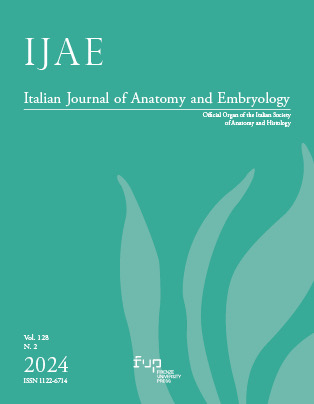Published 2024-12-31
Keywords
- multi-partite synapse,
- intercellular communication,
- astrocyte networks,
- extracellular matrix,
- receptor complexes
How to Cite
Copyright (c) 2024 Diego Guidolin, Cinzia Tortorella, Deanna Anderlini, Manuela Marcoli, Luigi Agnati

This work is licensed under a Creative Commons Attribution 4.0 International License.
Abstract
Neuronal network architecture plays a crucial role as the structural substrate for the brain functions. Increasing evidence, however, indicates that, beside neural networks, to fully understand brain complex integrative actions glial cells and the diffusion of signaling substances in the network of extracellular fluid channels should also be considered. To account for this more complex architecture it has been proposed that all these networks are assembled into a so-called brain hyper-network, having as fundamental components the multi-partite synapses involving not only neurons, but also regulated by the astrocyte networks and fine-tuned by microglia and by pervasive signals diffusing in the interstitial channels of the extracellular matrix. The main features of this view of the central nervous system organization are here discussed. This complex network architecture can be of particular interest for neurophysiology, since it may represent a suitable structural counterpart of physiological mechanisms allowing goal-directed behavior. Furthermore, a model of brain organization integrating the activity of different CNS components may assist in the identification of new possible targets for the pharmacological treatment of CNS diseases. These aspects are also briefly discussed.

